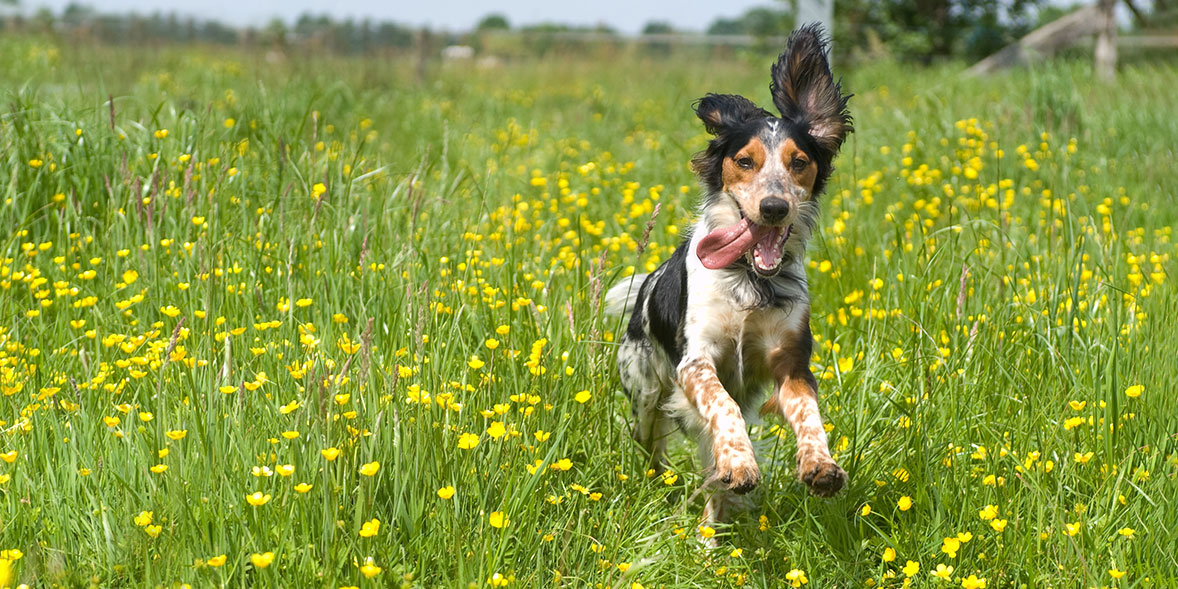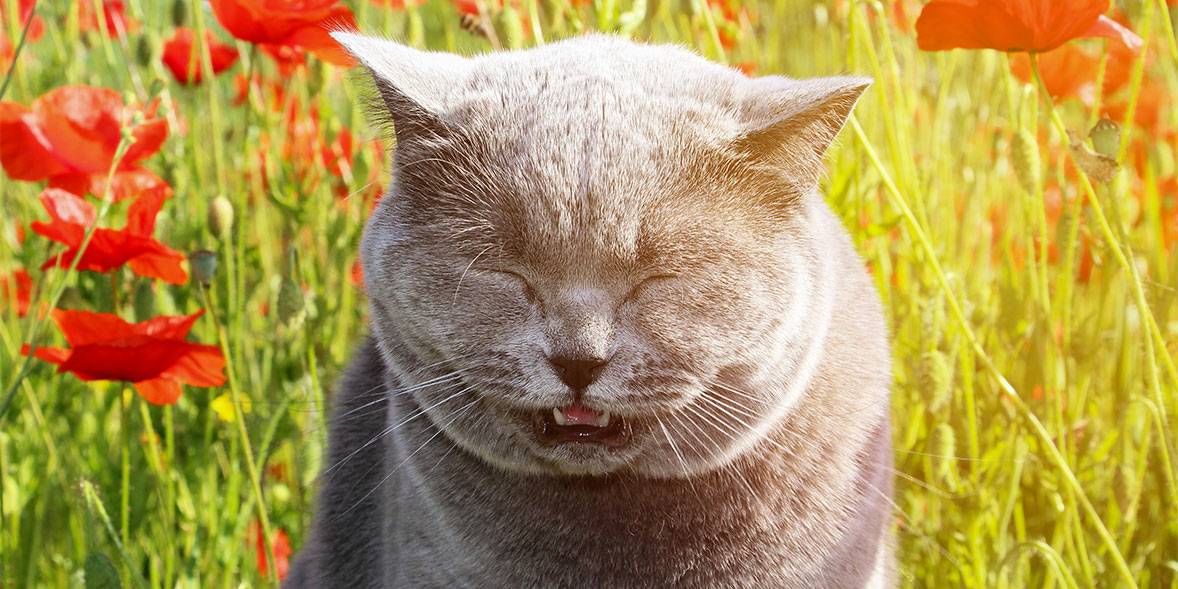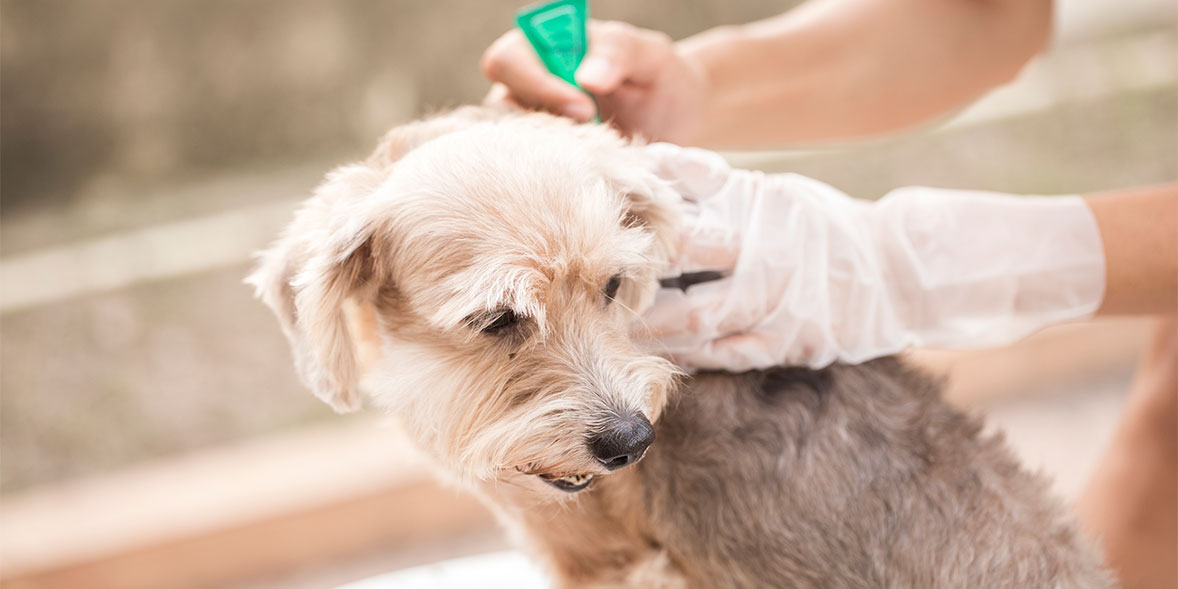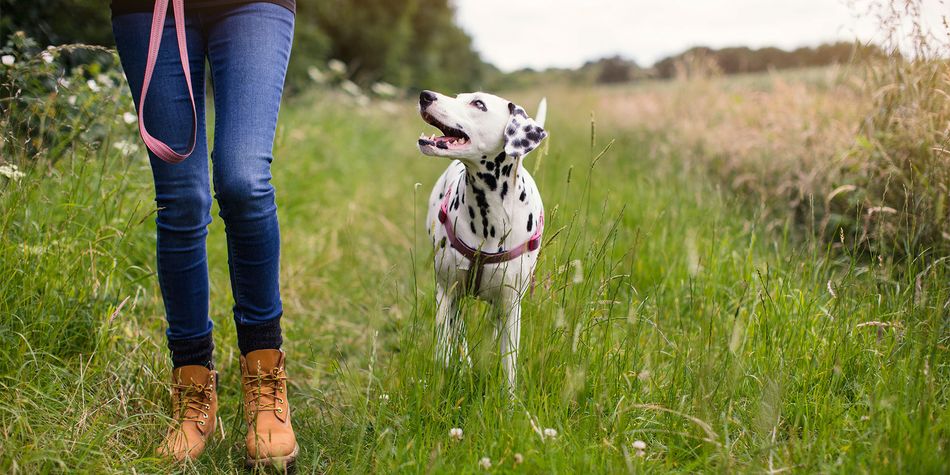By clicking a retailer link you consent to third-party cookies that track your onward journey. This enables W? to receive an affiliate commission if you make a purchase, which supports our mission to be the UK's consumer champion.
5 spring hazards pet owners need to know about

Spring can be a joyful time of year as the weather improves (hopefully) and days become longer, but the season also brings its fair share of hazards for our four-legged friends.
From toxic plants to pesky pests, there are some common hazards that can pose a risk to pets.
We've teamed up with the Blue Cross and the Veterinary Poisons Information Service (VPIS) to bring you some of the most common springtime hazards to watch out for, and explain how to keep your pets safe and healthy as temperatures rise.
Tips for living well - get our free Food & Health newsletter: shop savvy, eat well, stay healthy
1. Chocolate

It's a well-known no-no for dogs, but chocolate can pose a health risk to cats too, so make sure those Easter eggs are well hidden.
Chocolate contains both theobromine and caffeine, which can be toxic to pets as it increases the heart rate and affects the nervous system. Signs of chocolate poisoning include vomiting and diarrhoea, hyperactivity, and tremors, seizures or fits.
As a rule of thumb, the darker the chocolate, the more poisonous it is. But even white chocolate, which contains no theobromine, can still cause an upset stomach and should also be avoided.
Don't share your Easter eggs with a hungry dog - check out the best dog food brands instead
2. Seasonal food

Even in small quantities, dried vine fruits such as raisins, currants and sultanas have the potential to cause kidney failure in both dogs and cats. So keep any hot cross buns well out of the reach of your furry friends.
And if you tend to celebrate Easter with a traditional roast dinner, don't be tempted to put any leftovers in your pet's bowl. Onions, garlic, chives, leeks and shallots, all members of the allium family, can be harmful to dogs and cats.
Xylitol is an artificial sweetener which is extremely toxic to dogs, and is usually found in sweets, chocolate and some nut butters.
If you're keen to give your dog a seasonal treat as part of a balanced diet, some good options include unseasoned roast lamb, carrots and parsnips, or artichokes (cut up small).
Looking for a treat for yourself? See which supermarket hot cross buns came top in our taste test.
Supermarket Easter Food 2023: browse our big Easter guide to find out the special Easter eggs and flavoured hot cross buns on sale at supermarkets near you
3. Poisonous plants and bulbs

Spring brings with it lots of beautiful blooms. While these are nice for us to admire, some plants, bulbs and flowers can pose a risk to pets if chewed on or ingested.
Some particular plants to look out for include:
- Daffodils - both the flowers and bulbs (in particular) are toxic to dogs and cats as they contain lycorine. Symptoms include vomiting, shivering, seizures, lethargy and excessive drooling.
- Tulips - these contain lactones and can irritate your pet's mouth and stomach. Like daffodils, the bulb is the most dangerous part. Symptoms can range from mild drooling, sickness and diarrhoea to heart and breathing problems.
- Bluebells - these contain a toxin which affects the heart in dogs and cats. Ingestion will usually result in a mild upset stomach, dehydration or tiredness, but if eaten in large quantities, bluebells can be fatal.
- Rhododendrons and azaleas - more poisonous to dogs than cats, all parts of the rhododendron or azalea are harmful for pets. For dogs in particular, ingestion of even a small amount can be fatal.
- Amaryllis - these brightly coloured plants grow outdoors but are also a popular indoor plant gift. All parts of the plant are toxic to cats and dogs, especially the bulbs. Symptoms include vomiting, changes in blood pressure and seizures.
- Rhubarb - rhubarb leaves aren't just toxic for humans; pets should be kept away from the plant too. Calcium oxalate crystals are present in the whole plant, but are concentrated in the leaves, and ingestion can cause blood in urine, cardiac arrhythmia, dilated eyes and coma.
For more information on the plants that could pose a risk to your pets, you can use the Blue Cross' guides to the plants poisonous to dogs and plants poisonous to cats. Use one of our best dog harnesses to keep your precious pooch safe and close by.
Best cat food brands - our unique survey of 1,500+ Which? members reveals the most-loved brands, by owners and their pets
4. Allergies

Like humans, pets can be allergic to pollen, mould, dust and other environmental allergens.
Pets can get hay fever too. While their symptoms can be similar to those experienced by people, including sneezing, watery eyes and a runny nose, hay fever usually affects the skin more in pets. You may find your dog or cat itching or nibbling at their skin, or their skin may be inflamed, red or flaky.
In severe cases, hay fever can cause respiratory distress, leading to wheezing, coughing and difficulty breathing. Additionally, allergies can weaken a pet's immune system and leave them vulnerable to secondary infections, such as bacterial or fungal skin infections.
To treat hay fever in dogs, the Blue Cross recommends:
- applying topical treatments to the skin, like medicated shampoos, skin sprays and creams
- using medicated ear or eye drops
- antihistamines (via your vet)
- using ear cleaner and wipes
- including fatty acid supplements in your dog's diet.
Human hay fever sufferers can head to our hay fever relief guide to find and compare treatments
5. Fleas, ticks and bugs

As spring arrives, pet owners need to be aware of the risks of fleas, ticks and bug bites and stings. Insects and parasites are more active during the warmer months.
Fleas and ticks can transmit diseases such as Lyme disease and babesiosis, while bug bites (for example, from mosquitos, mites or ants) can cause allergic reactions and skin irritations.
Bees, wasps and hornets will also be more active as the temperature increases. Excitable dogs and curious cats may try to eat or swat at these flying targets.
Pets that spend lots of time outdoors are particularly at risk, so it's important to regularly check them for signs of infestation and use preventative measures such as flea and tick medication.
It's also a good idea to keep your outdoor spaces well maintained and avoid areas with high grass and vegetation where these parasites thrive.
How to remove a tick
It's important to remove ticks promptly and safely, as this minimises the risk of infection or disease passing onto your pet.
- Check your pet regularly for small lumps. In cats particularly, ticks tend to attach themselves to the neck, head, feet or ears.
- Don't pinch or squeeze the tick. This can push blood back into your pet, and heighten the risk of infection.
- Wearing gloves, use fine-tipped tweezers or a tick-removal device (often sold at pet shops) to grasp the tick as close to the skin as possible.
- With steady pressure, twist the tick and pull it out towards you, taking care to ensure the entire head and body is removed from your pet. Your vet can show you how to safely twist a tick out if you're not sure.
- Dispose of the tick by putting it in a plastic bag in the bin, again taking care not to crush it, as this can spread disease.
- Wash your pet's bedding and vacuum your home regularly to minimise the risk of reinfection.
- Talk to your vet about future preventative measures, such as spot treatments and collars.
Facing a larger pest problem? See our Which? Trusted Traders' pest control guide to get rid of fleas, rats and mice, or our insect repellent guide to keep mosquitoes and ticks at bay.
What to do if you think your pet has been poisoned

If your pet is showing signs of poisoning, such as collapse, severe tremors or convulsions, take them to the vet immediately. Don't try to make them vomit and never give them salt water (it can be lethal).
If you are unsure if a visit to your vet is necessary, call your vet or the Animal PoisonLine (01202 509 000, charges apply) for advice.
For more information on poisoning in dogs, see advice from VPIS through its Animal PoisonLine leaflet.
With thanks to the Veterinary Poisons Information Service (VPIS) and the Blue Cross for their expert information included in this article.
Tips for living well – get our free Food & Health newsletter: shop savvy, eat well, stay healthy


